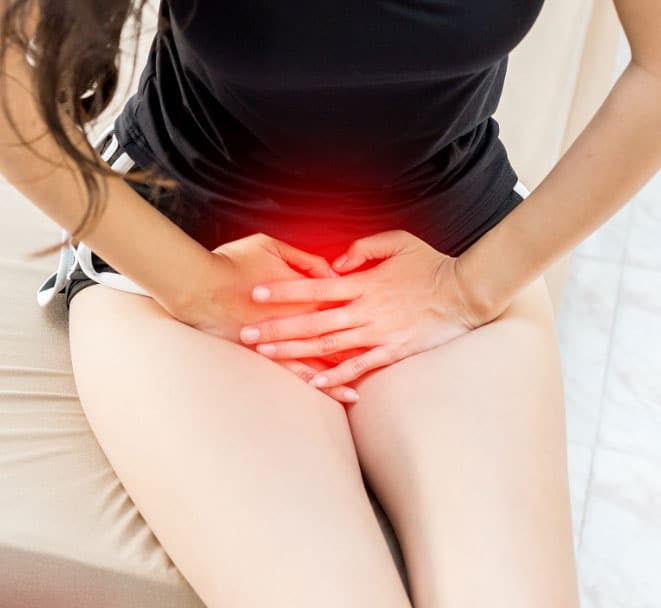Vaginal Atrophy Treatment
The female body undergoes a variety of stressful changes that can result from numerous things throughout its lifetime. Hormones can be one of the biggest culprits of impact on a women’s health, and they can come from medications, ovary removal, menstruation, pregnancy/breastfeeding, or menopause. While there are many symptoms and conditions that can arise from a female’s hormonal imbalance, the one that will be highlighted here is called vaginal atrophy or vulvar atrophy. The main cause of this condition is decreased estrogen, which causes painful and inconvenient symptoms. Let’s go into a little more detail about the causes, symptoms, and atrophic vaginitis treatment.

What is Vaginal Atrophy?
Most women who suffer from this condition experience it after menopause, but as mentioned above, there are other scenarios in which hormones can get thrown out of balance. The lack of estrogen reduces the amount of natural lubrication produced by the vagina, which can lead to the following symptoms:
- Vaginal dryness and itching
- Burning sensation in the vaginal area
- Discharge
- Burning, urgent or frequent urination
- Recurring UTI’s
- Incontinence
- Discomfort or light bleeding after sex
- Decreased vaginal lubrication
- Shortening or tightening of the vaginal canal
Because vaginal atrophy causes problems with both vaginal and urinary functions, the commonly used term for postmenopausal atrophic vaginitis is genitourinary syndrome of menopause (GSM).
Prevention and Vaginal Atrophy Treatment Options
Vaginal atrophy will persist until the main cause is treated or hormone levels return to normal. However, there are some options to help treat the symptoms. One method that can help prevent the development of vaginal atrophy is regular sexual activity. While painful sex is a symptom, regular sexual activity actually increases the blood flow to the vagina, thus stimulating the tissues and keeping them healthy and lubricated. If sex is painful or dry at first, a water-based vaginal lubricant should be used to keep the tissues moist and prevent any uncomfortable sensations. We know it may seem counterintuitive that sex can be a vaginal dryness treatment, but it’s not.
As for treatment for vaginal dryness and managing mild symptoms, there are nonhormonal vaginal moisturizers that are specifically designed to increase and retain moisture in the vagina. In addition to moisturizing, they also will help balance the pH levels within the vaginal. Some options that are available include an applicator that is inserted and can last up to a few days, and others consist of small beads that gradually release over the course of a few days. These are useful options for women who experience uncomfortable dryness more often than just during sex.
The other option for women when symptoms become difficult to manage with moisturizers and lubricants is low-dose estrogen treatments. Balance the estrogen levels will help restore the natural pH level, allow beneficial bacteria to grow, thicken the vaginal walls, and increase natural vaginal lubrication production. There are a variety of low-dose estrogen methods that include vaginal creams, tablets, and silicon rings that release the hormone slowly.
Finally, there is one more option regarding vaginal atrophy treatments that involve lasers. MonaLisa Touch is the only treatment backed by clinical trials to reduce and reverse the symptoms of vaginal atrophy. This chemical and hormone-free alternative procedure helps restore the vagina’s natural function and treat vaginal itching and burning, urination complications, painful intercourse, and others.
During the laser treatment for vaginal dryness with the MonaLisa Touch, the laser wand is inserted into the vagina, and the low-heat laser emits pulses of energy that penetrate into the vaginal tissue. The results stimulate the natural production of collagen, elastin, and lubrication. The combination of results treats all the symptoms associated with atrophic vaginitis, like vaginal burning, dryness, and urinary issues.
If you are suffering and are looking for the best laser treatment for vaginal atrophy in Tamarac, Dr. Andrew Krinsky has your solution. Utilizing the latest and most effective treatments for many OB/GYN conditions, Dr. Andrew Krinsky is proud to offer MonaLisa Touch treatments for his patients.
Request your appointment today and stop the uncomfortable symptoms of vaginal atrophy.


